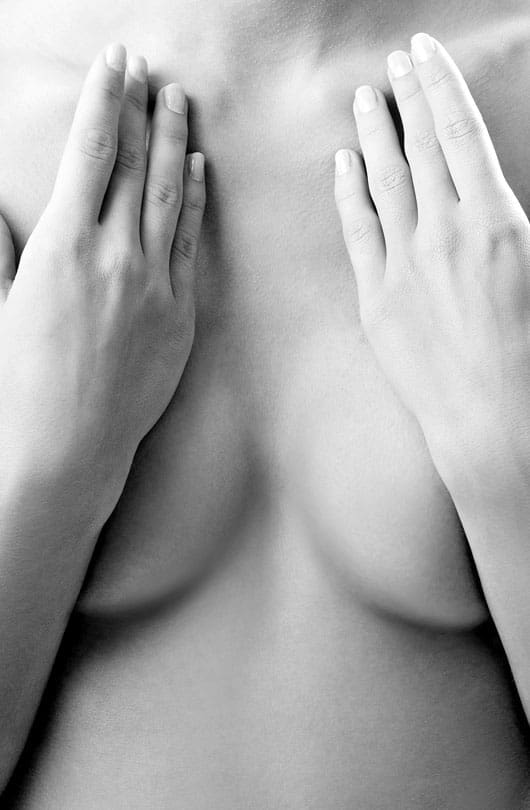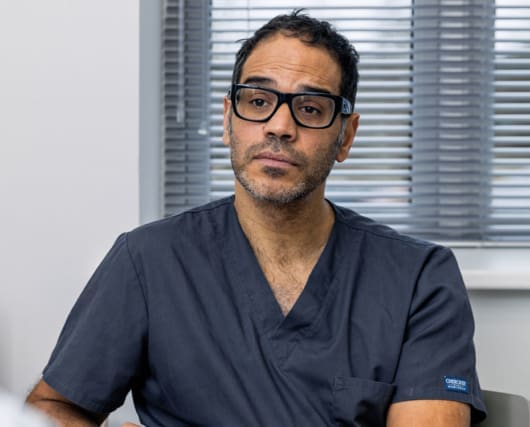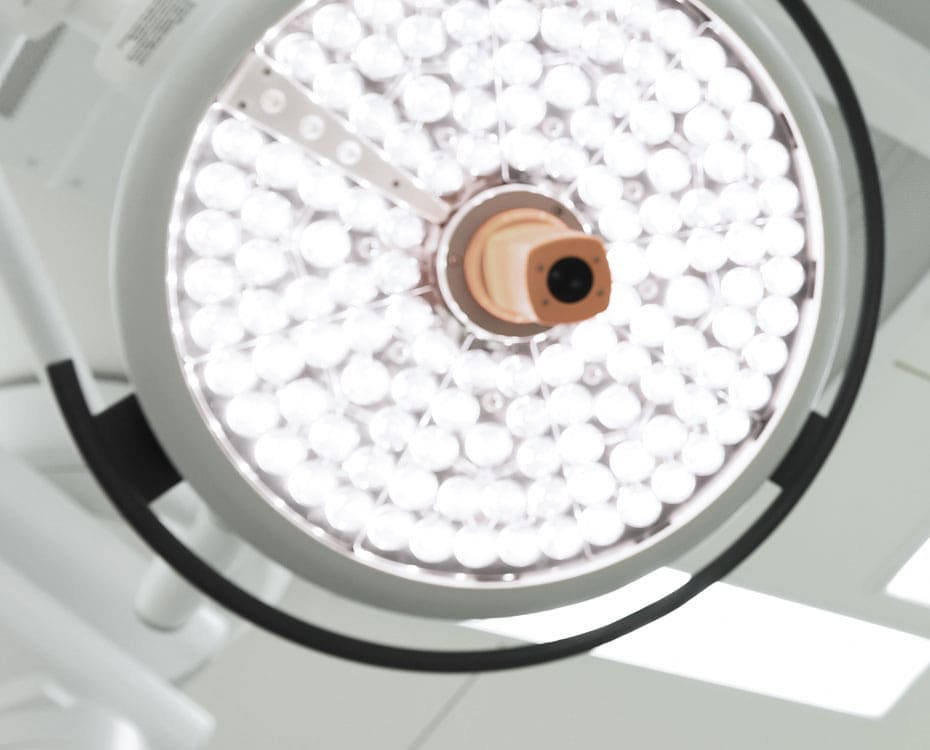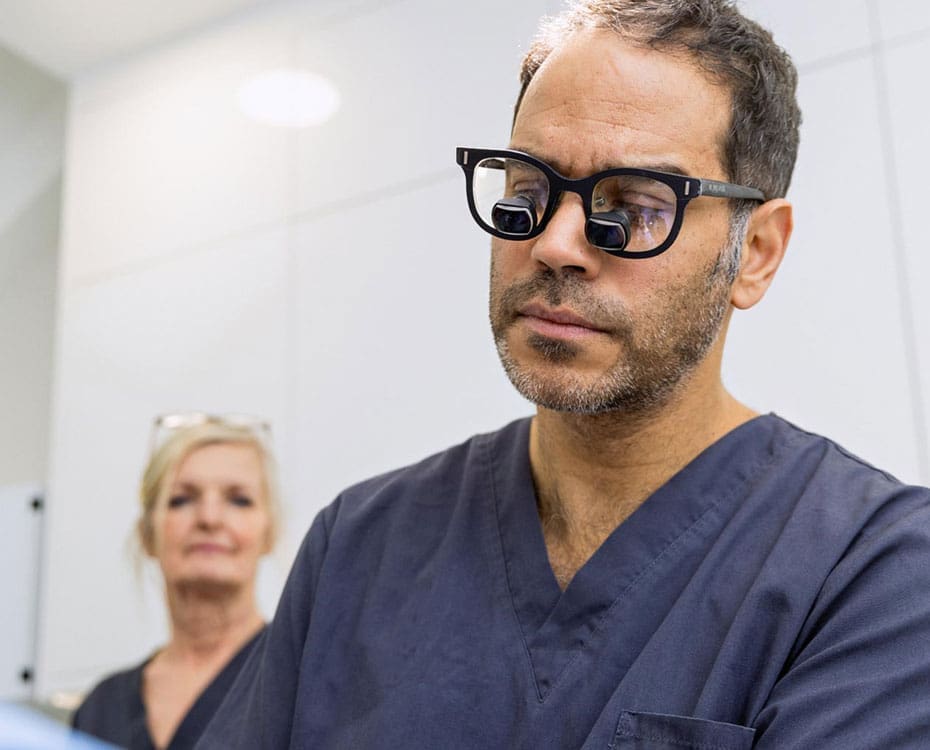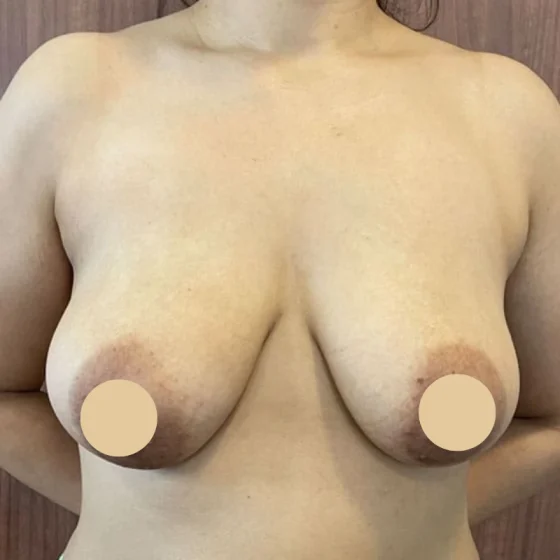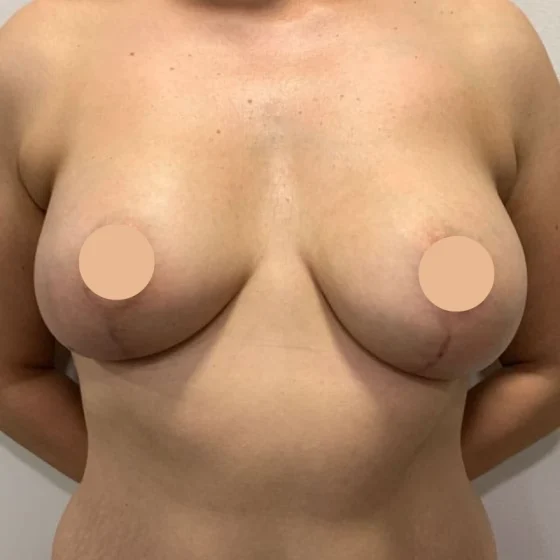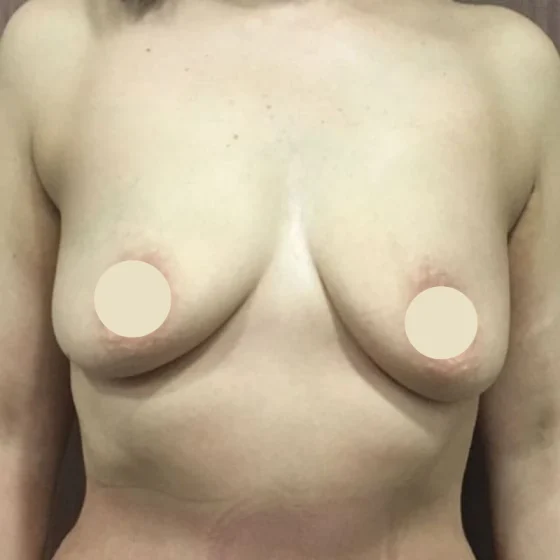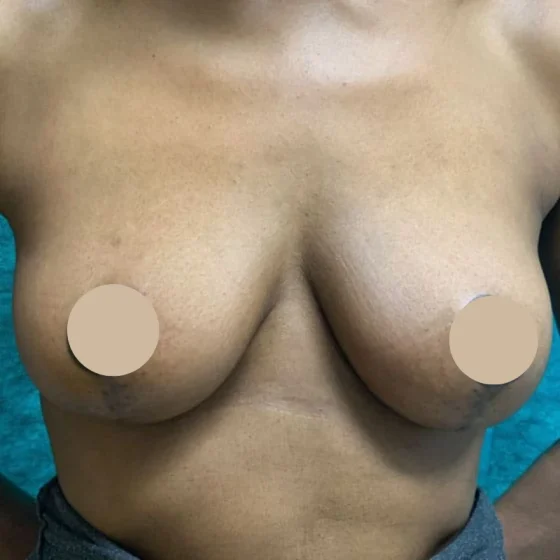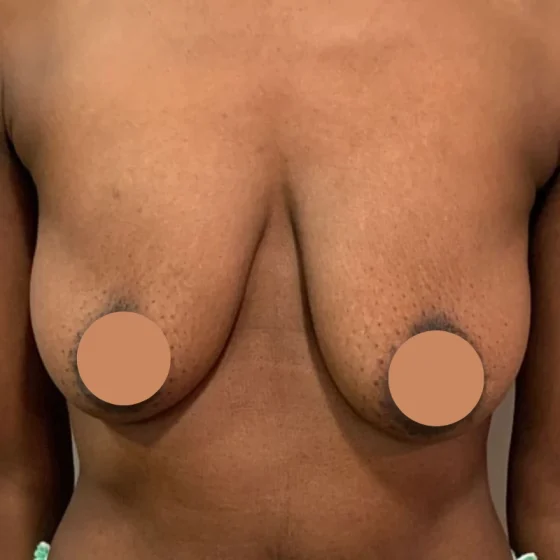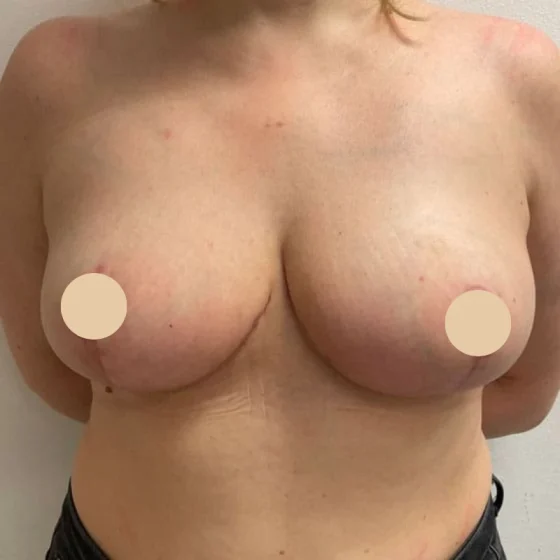a) I have a legitimate interest in helping with medical research and have put appropriate safeguards in place to protect your privacy
Additional legal grounds for special categories of personal information:
b) The processing is necessary in the public interest for statistical and scientific research purposes
41. In the event that consent is required then either I will seek this from you, or the research agency will do so.
Purpose 5: Communicating with you and resolving any queries or complaints that you might have.
42. From time to time, patients may raise queries, or even complaints, with me and I take those communications very seriously. It is important that I am able to resolve such matters fully and properly and so I, as well as the independent provider will need to use your personal information in order to do so.
43. Legal grounds:
a) Providing you with healthcare and other related services
b) Having an appropriate business need to use your information which does not overly prejudice you
44. Additional legal grounds for special categories of personal information:
a) The use is necessary for the provision of healthcare or treatment pursuant to a contract with a health professional
b) The use is necessary in order for me to establish, exercise or defend my legal rights
Purpose 6: Communicating with any other individual that you ask us to update about your care and updating other healthcare professionals about your care.
45. In addition, other healthcare professionals or organisations may need to know about your treatment in order for them to provide you with safe and effective care, and so I may need to share your personal information with them. Further details on the third parties who may need access to your information is set out at section 58 below.
46. Legal grounds:
a) Providing you with healthcare and other related services
b) I have a legitimate interest in ensuring that other healthcare professionals who are routinely involved in your care have a full picture of your treatment
47. Additional legal ground for special categories of personal information:
a) I need to use the data in order to provide healthcare services to you
b) The use is necessary for reasons of substantial public interest under UK law
c) The use is necessary in order for me to establish, exercise or defend my legal rights
48. I also participate in initiatives to monitor safety and quality, helping to ensure that patients are getting the best possible outcomes from their treatment and care. The Competition and Markets Authority Private Healthcare Market Investigation Order 2014 established the Private Healthcare Information Network (“PHIN”), as an organisation who will monitor outcomes of patients who receive private treatment. Under Article 21 of that Order, I am required to provide PHIN with information related to your treatment, including your NHS Number in England and Wales, CHI Number in Scotland or Health and Care Number in Northern Ireland), the nature of your procedure, whether there were any complications such as infection or the need for readmission/ admission to a NHS facility and also the feedback you provided as part of any PROMs surveys.
PHIN will use your information in order to share it with the NHS, and track whether you have received any follow-up treatment. I will only share this information with PHIN if you have provided your consent for me to do so.
49. The records that I share may contain personal and medical information about patients, including you. PHIN, like me, will apply the highest standards of confidentiality to personal information in accordance with data protection laws and the duty of confidentiality. Any information that is published by PHIN will always be in anonymised statistical form and will not be shared or analysed for any purpose other than those stated. Further information about how PHIN uses information, including its Privacy Notice, is available at www.phin.org.uk.
Purpose 7: Complying with our legal or regulatory obligations, and defending or exercising our legal rights
50. As a provider of healthcare, I am subject to a wide range of legal and regulatory responsibilities which is not possible to list fully here. I may be required by law or by regulators to provide personal information, and in which case I will have a legal responsibility to do so. From time to time, clinicians are unfortunately also the subject of legal actions or complaints. In order to fully investigate and respond to those actions, it is necessary to access your personal information (although only to the extent that it is necessary and relevant to the subject-matter).
51. Legal grounds:
a) The use is necessary in order for us to comply with our legal obligations
52. Additional legal ground for special categories of personal information:
a) I need to use the data in order for others to provide informed healthcare services to you
b) The use is necessary for reasons of the provision of health or social care or treatment or the management of health or social care systems
c) The use is necessary for establishing, exercising or defending legal claims
53. I am also required by law to conduct audits of health records, including medical information, for quality assurance purposes. Your personal and medical information will be treated in accordance with guidance issued by the Care Quality Commission (England), Health Inspectorate Wales and Healthcare Improvement Scotland
Purpose 8: Managing my business operations such as maintaining accounting records, analysis of financial results, internal audit requirements, receiving professional advice (e.g. tax or legal advice)
54. In order to do this, I will not need to use your special categories of personal information and so I have not identified the additional ground to use your information for this purpose.
55. Legal grounds:
a) My having an appropriate business need to use your information which does not overly prejudice you
Purpose 9: Provide marketing information to you (including information about other products and services offered by selected third-party partners) in accordance with preferences you have expressed.
56. As a provider of private healthcare services, I need to carry out marketing but am mindful of your rights and expectations in that regard. As a result, I will only provide you with marketing which is relevant to my business and only where you have specifically confirmed your consent to do so.
57. Legal grounds:
a) My having an appropriate business need to use your information which does not overly prejudice you
b) You have provided your consent
Disclosures to third parties:
58. I may disclose your information to the third parties listed below for the purposes described in this
Privacy Notice. This might include:
a) A doctor, nurse, carer or any other healthcare professional involved in your treatment
b) Other members of support staff involved in the delivery of your care, like receptionists and porters
c) Anyone that you ask me to communicate with or provide as an emergency contact, for example your next of kin or carer
d) NHS organisations, including NHS Resolution, NHS England, Department of Health
e) Other private sector healthcare providers
f) Your GP
g) Your dentist
h) Other clinicians (including their medical secretaries)
i) Third parties who assist in the administration of your healthcare, such as insurance companies
j) Private Healthcare Information Network
k) National and other professional research/audit programmes and registries, as detailed under purpose 4 above
l) Government bodies, including the Ministry of Defence, the Home Office and HMRC
m) Our regulators, like the Care Quality Commission, Health Inspectorate Wales and Healthcare Improvement Scotland
n) The police and other third parties where reasonably necessary for the prevention or detection
of crime
o) Our insurers
p) Debt collection agencies
q) Credit referencing agencies
r) Our third party services providers such as IT suppliers, actuaries, auditors, lawyers, marketing agencies, document management providers and tax advisers
s) Selected third parties in connection with any sale, transfer or disposal of our business
t) I may also use your personal information to provide you with information about products or services which may be of interest to you where you have provided your consent for me to do so.
59. I may communicate with these third parties in a variety of ways including, but not limited to, email, post, fax and telephone.

